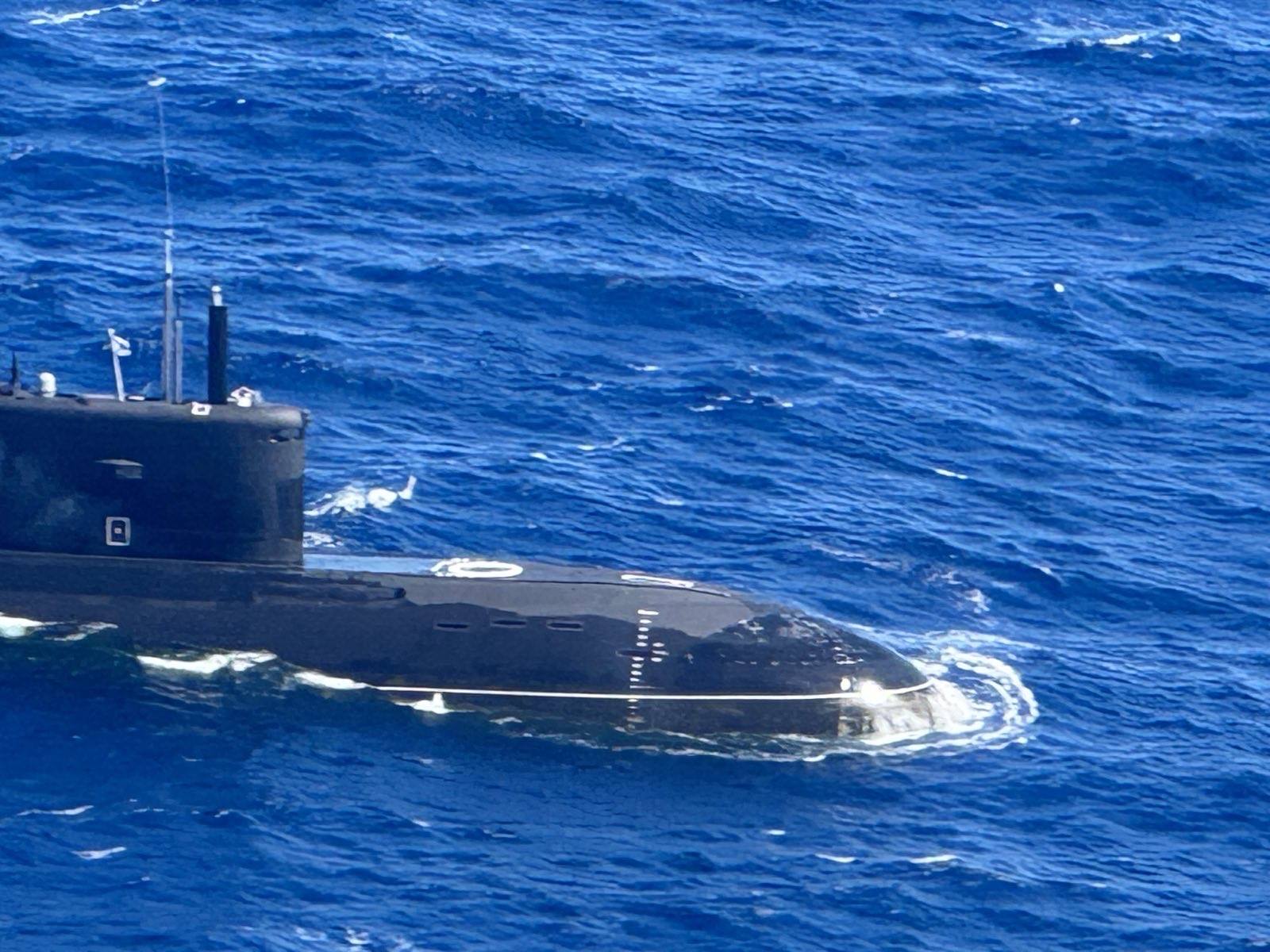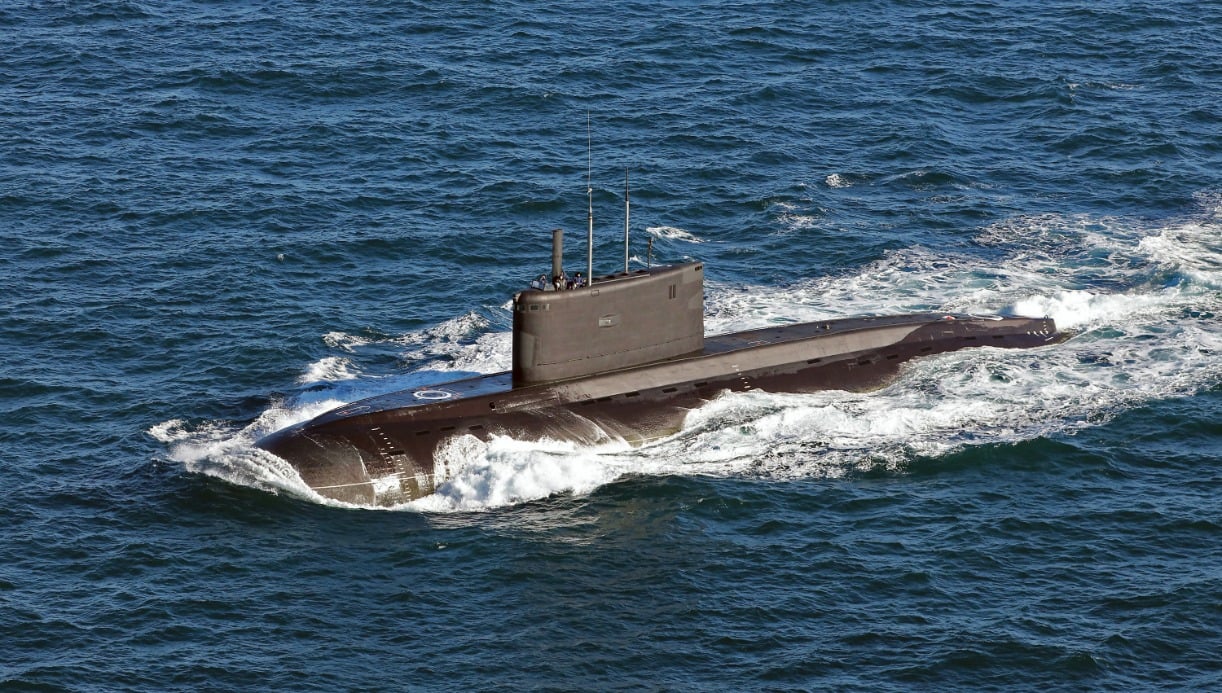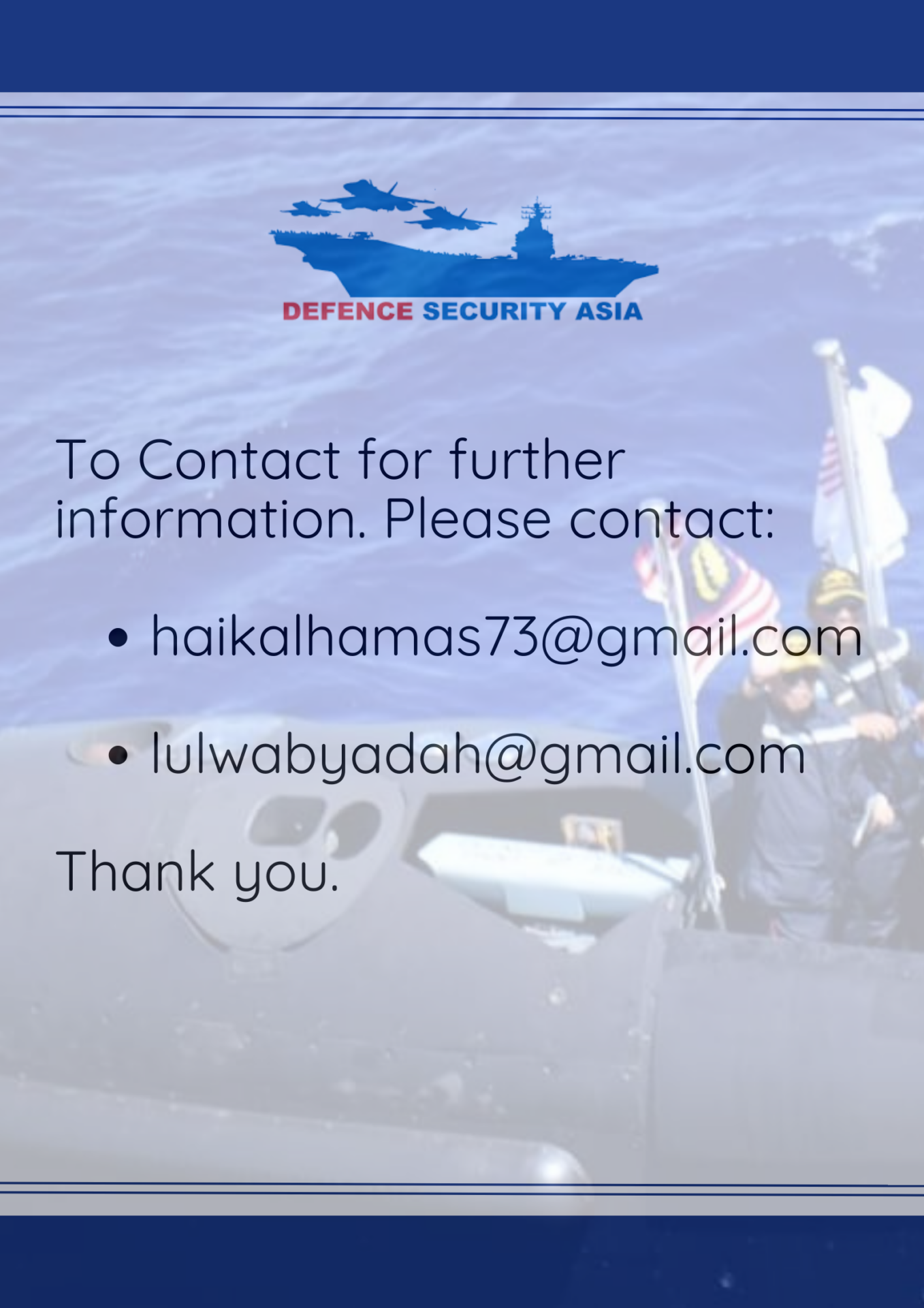Philippines Admits Submarine Detection Capability Limited to “Moderate to Minimal”
Rear Admiral Roy Vincent Trinidad, the Philippine Navy spokesperson for the West Philippine Sea, provided an assessment of the country’s maritime monitoring capabilities following the detection of a Russian submarine within the nation’s Exclusive Economic Zone (EEZ) approximately a week prior.
(DEFENCE SECURITY ASIA) – The Philippine Navy has acknowledged its “moderate to minimal” capability to detect underwater threats in the country’s waters, a senior military official revealed to local media.
Rear Admiral Roy Vincent Trinidad, the Philippine Navy spokesperson for the West Philippine Sea, provided an assessment of the country’s maritime monitoring capabilities following the detection of a Russian submarine within the nation’s Exclusive Economic Zone (EEZ) approximately a week prior.
“Our underwater and seabed capabilities remain moderate. It is a work in progress. We are better equipped to monitor surface assets compared to those underwater,” he stated.
Trinidad also noted that the incident was not deemed overly concerning, as the Russian submarine reportedly engaged in no suspicious activities and likely surfaced to resupply or undergo minor repairs.
The Philippine military detected two Russian support vessels within 8 to 10 nautical miles of the Russian Kilo-class submarine.
Trinidad did not rule out the possibility that the submarine had been operating underwater within the Philippine EEZ before surfacing.

Brief:
The Philippine Navy has acknowledged its limited capability to detect underwater threats, describing it as “moderate to minimal.” This assessment followed the detection of a Russian Kilo-class submarine, Ufa, within the country’s Exclusive Economic Zone (EEZ) on November 28. The submarine, accompanied by two Russian support vessels, was monitored near Occidental Mindoro while surfaced.
Rear Admiral Roy Vincent Trinidad, the Navy’s spokesperson for the West Philippine Sea, noted that the submarine likely surfaced for resupply or repairs and was not involved in suspicious activities. The Navy deployed a surveillance aircraft and warship, BRP Jose Rizal, to track the vessel, which was traveling toward the northern South China Sea after stops in Malaysia and Indonesia for training exercises.
The Ufa, part of Russia’s Project 636.3, is a modernized Kilo-class attack submarine renowned for its stealth, earning the nickname “Black Hole.” Its deployment to the Asia-Pacific reflects the region’s growing strategic importance amid heightened geopolitical tensions between global powers, particularly China and the United States.
In a rare occurrence, a Russian attack submarine was recently spotted “surfacing” in the western section of the South China Sea near the Philippines, referred to by Manila as the West Philippine Sea.
According to sources quoted by the Philippine Daily Inquirer, the Russian diesel-electric submarine was identified as the “Ufa,” part of the Kilo-II class.
The submarine was first detected on November 28, approximately 148 kilometers (80 nautical miles) west of Occidental Mindoro, after reportedly traveling from Malaysia.
Following its detection, the Philippine Navy deployed a surveillance aircraft and a warship to track its journey.
The submarine remained surfaced while traveling northward in the South China Sea, outside Philippine territorial waters, and was closely monitored by the Navy’s BRP Jose Rizal.
The Russian submarine and its accompanying tugboat, Alatau, were operating in the South China Sea after stopping at the Royal Malaysian Navy base in Kota Kinabalu on November 23.

Prior to this, it had participated in joint training exercises with the Indonesian Navy.
The “Ufa,” part of Russia’s Project 636.3, is a modernized Kilo-class diesel-electric attack submarine and is considered one of the quietest in Russia’s fleet, earning it the nickname “Black Hole.”
Commissioned in late 2022, it was recently reassigned from the Baltic Sea to Russia’s Pacific Fleet, based in Kamchatka in the Russian Far East.
The deployment of the “Ufa” to the Asia-Pacific region highlights the strategic importance of the area, which has increasingly become a theater for geopolitical competition between major powers, notably China and the United States, according to Russian news agency Izvestia. — DSA


